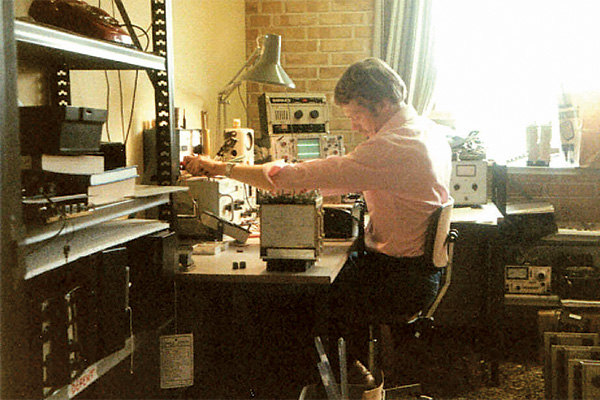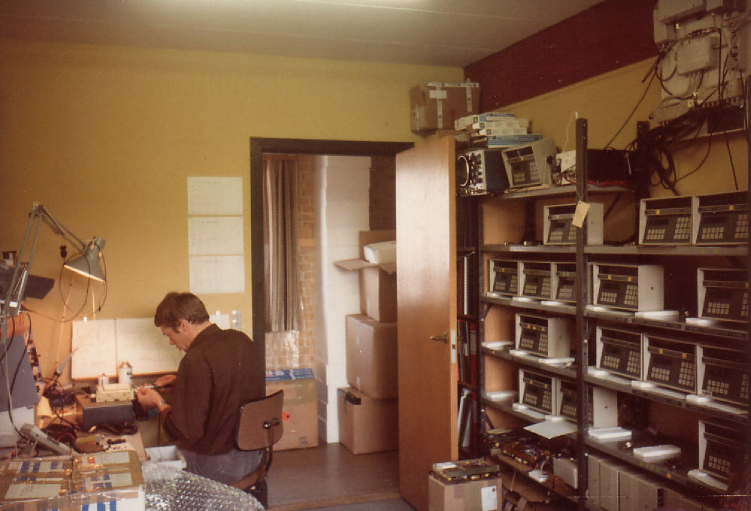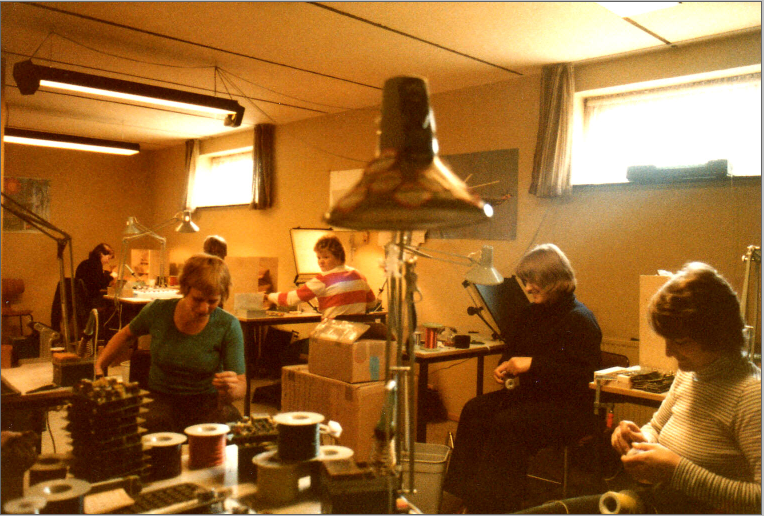Q&A with Navico’s Odin Sletten

Odin Sletten recently retired after 41 years of service with Navico, parent company of global brands like B&G, C-MAP, Lowrance and Simrad. Over his many years, Sletten contributed to some of Navico’s biggest developments and saw marine electronics change immensely. Boating Industry had the opportunity to ask Sletten about his time in the marine industry.
Boating Industry: What first drew you to the marine industry?
Odin Sletten: By coincidence, I applied for a job at Rauff and Sorensen back in 1979, a two-year-old company that had recently started developing, manufacturing and selling marine VHF. The technical challenge and thought of making products adding to safety on board vessels suited me perfectly.

BI: Did you grow up in a boating family? If not, did working at Navico turn you into a boater?
OS: No, I did not grow up with boating at all. For some years, the company, now called Shipmate, had a small motor sailor, which was used for testing. I always enjoyed when I got a chance to do some testing onboard or just take a small trip. Later, after Shipmate merged into Simrad, we had a 30-foot sailing yacht, which again was used for testing and for employees to get a chance to see how the products they were making were used. I had the pleasure of managing and using the boat and learned a lot over the 10 years we had the boat.
BI: What is your educational background?
OS: My education is as a radio mechanic, installing and repairing radios and televisions, but I was also working with two-meter land mobile communication, which is very close to the marine VHF.
BI: What roles/titles did you hold throughout your time with Navico?
OS: I started as a technician on the VHF production “line” – all manually soldered and assembled. As production accelerated, I got the role of “test maestro,” which eventually grew into service manager. After Shipmate merged into Simrad, I got the role of product manager. My latest role in Navico was technical expert for Simrad recreational products.
BI: What do you consider to be your biggest achievement(s) in your 41 years with Navico?
OS: I started out improving the Shipmate RS8000 VHF, enabling the P-channel function and introducing automatic output power control. My first service trip abroad, faultfinding an installation error with the RS5000 satellite navigator (transit). My “final” achievement, as a product manager, was redesigning the original Simrad CA40 operation logic into the CX44 family and the more user-friendly keypad layout.

BI: Do you have a favorite project that you worked on at Navico? Why?
OS: My most recent favorite project involvement was the P3007 GPS/GNSS navigation system for commercial vessels. This is a complex system that requires a lot of old-timer experience and manpower to get the product right.
BI: What are some of the best lessons you learned in 41 years in the marine industry?
OS: The boating community consists of all sorts and levels of users. Some are extremely advanced and want all the latest and most advanced functions, and some are still searching for the parking brake. We have to cover all with the same products.
In all my 41 years, I have had a desire to improve things and there are so many good ideas and nice-to-have functions, but you really have to ask yourself if it will be a good investment and make a difference at the end of the day.
Even when you know you are right about an issue, it is hard work to convince an often overloaded R&D team. And it is even harder when not being in the same location as R&D.
BI: What is/are the biggest eye-opening technological change(s) you saw across 41 years with Navico?
OS: Experiencing position fixes within 100m each hour, was absolutely fantastic back in 1981 with the Transit system. The first very bulky GPS antennas and receivers, now reduced to fit inside the smallest multi-function display and operating with multi-satellite systems, higher accuracy and update intervals.
BI: What do you think is in store for the future of technology and boating?

OS: One could fear that recreational boating could be challenged by environmental restrictions and/or increasing prices, but I believe these challenges will be overcome. Marine electronics, with all their advanced functions and capabilities, have come so far that it is hard to see what more there is to add. Some 30 years ago, I suggested to have video input and autopilot control from the chartplotter. The answer was “We make serious navigation equipment and not entertainment.” And “autopilot control is a serious business, not to be mixed with chartplotter.” See where we are today. It seems as anything asked for will come true one day. And thanks to constant technological evolution and ever smarter engineering, we are getting more and more functionality for the money.
BI: What advice do you have for the next generation of marine industry workers?
OS: A background from sailing or sports fishing in addition to a technical education is a good starting point, but all this can also be learned afterwards. The most important things are an open mind to learn new tricks, work together with your team, a good imagination to understand customer issues and a bit of stubbornness to solve the problem.




